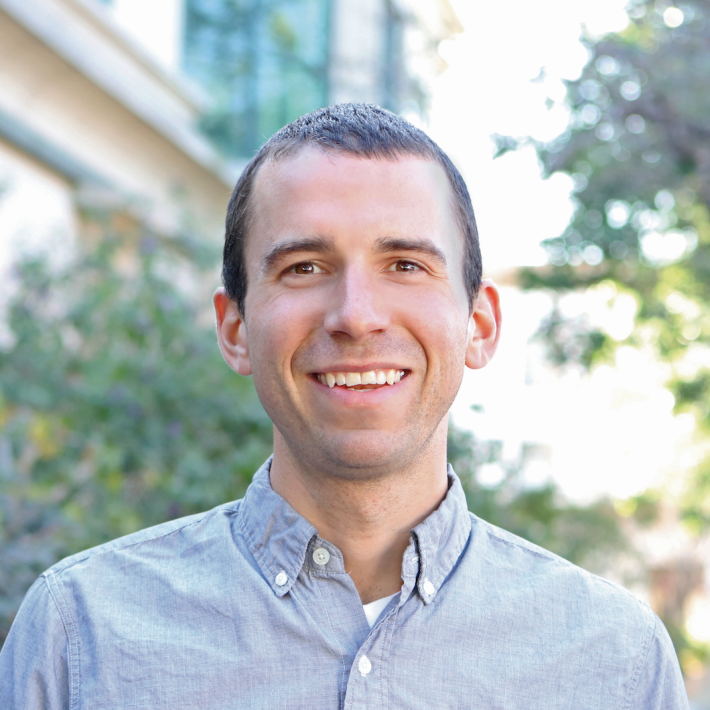After five supervisors put a measure on this November’s ballot to transform Upper Great Highway into a full-time oceanfront park, there has been a lot of talk about the potential impacts of this transformation on our city’s western coast. It seems like the perfect time to reflect on a previous highway removal and its impacts on our city.
I’m referring, of course, to the Embarcadero Freeway and its eventual transformation into a waterfront boulevard with a promenade running alongside. At the time, opponents claimed it would cause traffic backups. But it didn't. We now have the vastly improved Embarcadero thanks to then-Mayor Art Agnos and the Board of Supervisors who voted to tear down the Freeway in 1989.

With Upper Great Highway, opponents are also claiming—without evidence—that transforming the space into an oceanfront park will cause traffic. They ignore research and examples of reduced demand (or “traffic evaporation”) from highway removals and other sustainable transportation efforts over the decades.
In reality, the vast majority of San Franciscans who are aware of this issue favor an oceanfront park. The Ocean Beach Park campaign’s biggest challenge and opportunity is in engaging as many voters as possible, making them aware of the ballot measure and the need to vote "yes" in November.
In Megan Kimble’s recently released book, City Limits: Infrastructure, Inequality, and the Future of America’s Highways (featured on The War on Cars podcast), the author chronicles the history—and eventual removal and transformation—of the Embarcadero Freeway:
The idea of highway removal has been around as long as highways themselves. In the mid-1950s, the California Highway Commission started construction on Interstate 480, known as the Embarcadero Freeway, to connect the Bay Bridge on the east side of San Francisco with the Golden Gate Bridge. More than a mile was built, obstructing views of the bay and cutting off Telegraph Hill from the waterfront. In 1959, after thousands of people protested, San Francisco's board of supervisors adopted a resolution opposing further construction not only of the Embarcadero but of all freeways in the San Francisco Master Plan, citing "the demolition of homes, the destruction of residential areas, [and] the forced uprooting and relocation of individuals, families and business enterprises."
In 1986, city leaders proposed tearing down the highway. In a contentious local election, voters rejected the proposal, convinced that removal would cause gridlock. San Francisco's mayor, Dianne Feinstein, called the defeat "an anti-environmental vote... a victory for the automobile."
On October 17, 1989, a twenty-five-mile section of the San Andreas Fault ruptured, sending a 6.9-magnitude earthquake across the bay.
Also from the book:
Sixty-three people died in the earth-quake, most of them on or near the Bay Area's elevated freeways. […] The Embarcadero and Central Freeways had so much structural damage that they were both closed to traffic.
In the aftermath of the earthquake, when it was revealed that fixing the Embarcadero would cost as much as rebuilding it, the newly elected mayor, Art Agnos, argued that the city shouldn't squander "the opportunity of a lifetime." While city leaders debated what to do, drivers maneuvered around the highway and got where they were going without noticeable delays. People drove less. Transit ridership increased 15 percent. Public opinion turned: Maybe the Embarcadero wasn't so necessary after all. In 1990, the board of supervisors voted 6-5 to demolish the broken structure. Demolition began in 1991. A decade later, the elevated structure was transformed into a populated, palm-tree-lined boulevard, soon to be surrounded by apartments and restaurants and offices.
With Upper Great Highway and the associated ballot measure this November, we don’t have to wait 30-plus years—or for a natural disaster—to open access to our waterfront and create a community space for all to enjoy.
Will we choose to maintain a redundant roadway for cars that is wasting public land, separating people from our coast, and worsening our climate crisis? Or will we transform this underutilized public space to create a park that generations of San Franciscans will benefit from?
Let's support this once-in-a-lifetime opportunity to transform our city for the better.
Luke Bornheimer is a sustainable transportation advocate.
To get involved check out the YES on Ocean Beach Park website.





